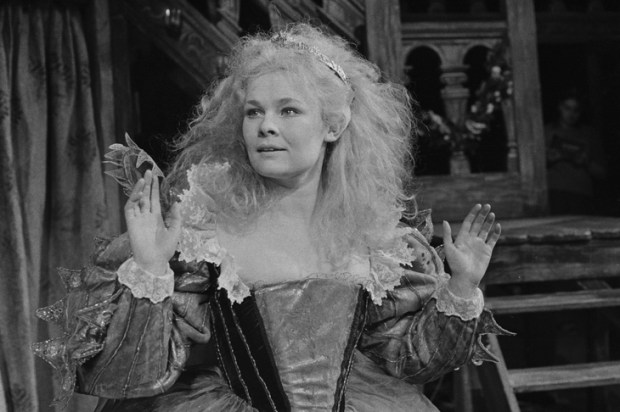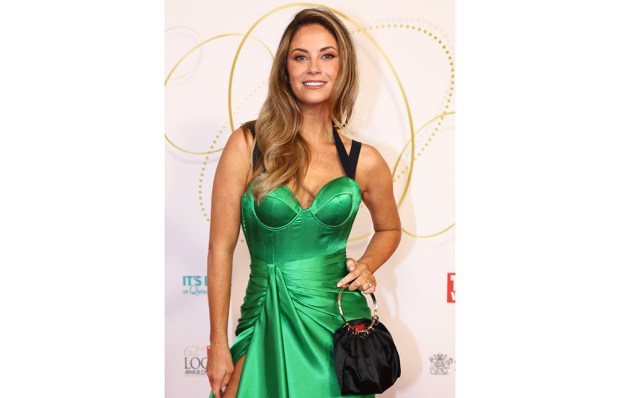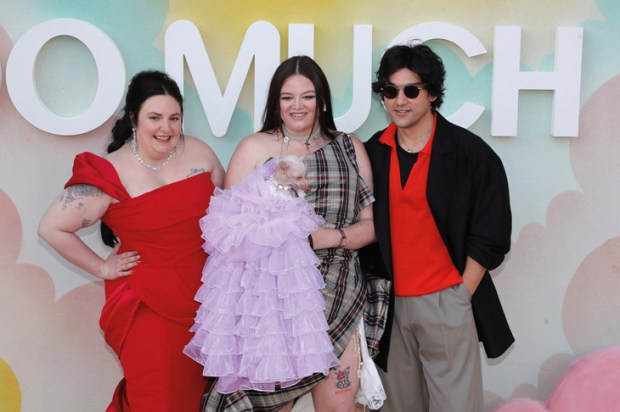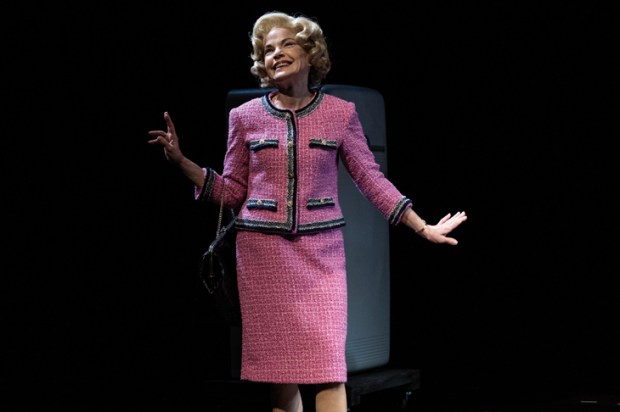It’s one of those weird paradoxes of history that we think of the Elizabethan era as the zenith of our literary renaissance when it was in fact James I, the first Stuart king, whose reign (which began in 1603) saw the first performances of King Lear and Macbeth, Antony and Cleopatra and The Tempest. Not to mention the Bible that bears his name. And it’s not as though the dramatic art is negligible. Even the works we are happy to see as Jacobean – Webster’s The Duchess of Malfi and Middleton’s The Changeling – because of their grotesquerie are towering masterpieces.
In fact, our sense of the great non-Shakespearean plays – which have to reserve a special place for Ben Jonson’s Volpone and The Alchemist as well as that extraordinary play The Sad Shepherd – are historically an offshoot of bardolatry. The Jacobeans are like Shakespeare and they’re different. They find niches and alleyways, shadowy and vicious and blood-stained that elaborate on the appetite for Shakespeare and extend his theatre. Ben Jonson had written Epicœne, or The Silent Woman and the whole gender caper and produced Bartholomew Fair with its dazzling array of dialects, and the very beautiful The Sad Shepherd and its power of enchantment. And his collaborations with Inigo Jones (where Jonson was a poet laureate before the letter) and at the same time was making his extraordinary command of dramatic rhetoric into the servant of the masque which was a kind of Hollywoodisation of Jacobean drama. But we are intensely aware of the post-Elizabethan period as the moment when literature was at a peak even as human frailty or dodginess was at its most marked. We have been trained, like it or not, on the T.S. Eliot butterslide vision of history and we are stirred by the images of these crooked and brilliant cavaliers and courtiers, these anatomists of melancholy and every kind of craziness which might send the fire and smoke of atrocity burning in the midst of extraordinary artistic and intellectual glory. Then there’s the history. James I was an authority on witches. His mother Mary Queen of Scots was a Catholic and was executed by her cousin Elizabeth I.
James I was a high churchman and his modes of feeling were pretty self-evidently homosexual. ‘I do nae love ye milords as I love the Duke of Buckingham,’ he declared flatly to his council.
George Villiers, later the Duke of Buckingham, is one half of the Binge costume shocker Mary and George, the other half being his scheming mother played in standard English by the great Julianne Moore.
It is a bit of a bizarre travesty of Jacobean England. Mary and George opens each of its eight lurid and steamy episodes with a close up of Caravaggio’s Judith Beheading Holofernes but that’s pretty much where the art and coherent drama begins and ends.
Julianne Moore has a dazzling sangfroid as the woman born a serving maid who schemes her way into a marriage with Simon Russell Beale but who concentrates her energies on turning sonny boy George into a supreme and concerted sexual plaything of James I. Nicholas Galitzine as her collaborator in every variety of sexual cavorting and catamitism has pretty-boy looks that will take the attention of all-comers and he can also act, sort of, but the whole dramatic conception is mad beyond belief.
Mary and George really does give the impression that bubbling cauldrons of sex were the sole preoccupation of these brilliant servants and savants of the Scottish king who was wily in his statecraft, intellectually besotted in his witch-hunting but a complexly motivated fellow. Before he died in 1625, Burton’s Anatomy of Melancholy had been published and The Changeling – one of the greater plays in the language – had been staged. ‘O come not near me sir, I shall defile you… Let the common shewer take it from distinction.’
The BBC did a TV version with the young Helen Mirren that you can get on YouTube. The brilliance of the language would have made the Jacobeans sit bolt upright.
The difficulty with Mary and George is that although it’s snazzily directed and includes cameos from the Danish actress Trine Dyrholm and a star turn from Brenda Walker as a very haughty upper-class woman the whole thing is presented as an unbelievably depraved and silly world where no one believes in anything but cruelty and sex and all the dialogue sounds like the improvisation of contemporary actors with everyone talking about ‘f–king’ this and ‘bloody’ that. Nevermind Coke’s attempts to establish the common law or Bacon’s formulations. Mary and George has none of the sense of the drama of history that animates the scripts Julian Mitchell and co. wrote for Glenda Jackson’s Elizabeth R back in the 1960s.
On the other hand, the second series of The Twelve can now be watched in full. Sam Neill is again an urbane silk but this time his ravishing partner and eventual rival is Frances O’Connor. The upshot is compelling television of the classiest kind. An aggressive and unlovable woman has been killed and her daughter and a man the woman employed – with whom the daughter was involved – are on trial for his murder.
O’Connor and Neill are sleeping together and purr with cynical affection though she has serious problems with her marriage and children. Then there are the twelve themselves, the jurors. One is dying and is given marijuana which reduces him to hilarity. Tasma Walton rages at her senile mother and the question of her genealogy.
Season 2 has an elegant, consistently surprising narrative and it’s a joy to watch Sam Neill and Frances O’Connor sparring and scheming together in the poshest and most polished Australasian accents the world could muster. How does Season 2 compare with the widely acclaimed first season which featured Kate Mulvany? Well, it’s less of a bag of absolutely graphic surprises but it has the great advantage of being as different as it conceivably could be while retaining the same leading man. It also includes a graphically powerful scene in which a likeable character causes the death of a friend.
It’s clear too that The Twelve comes out of the attempt to represent a civilisation which is precisely what Mary and George – in the face of the soaring culture and conflict it tinkers with – fails so singularly to conjure into life.
Got something to add? Join the discussion and comment below.
You might disagree with half of it, but you’ll enjoy reading all of it. Try your first month for free, then just $2 a week for the remainder of your first year.













